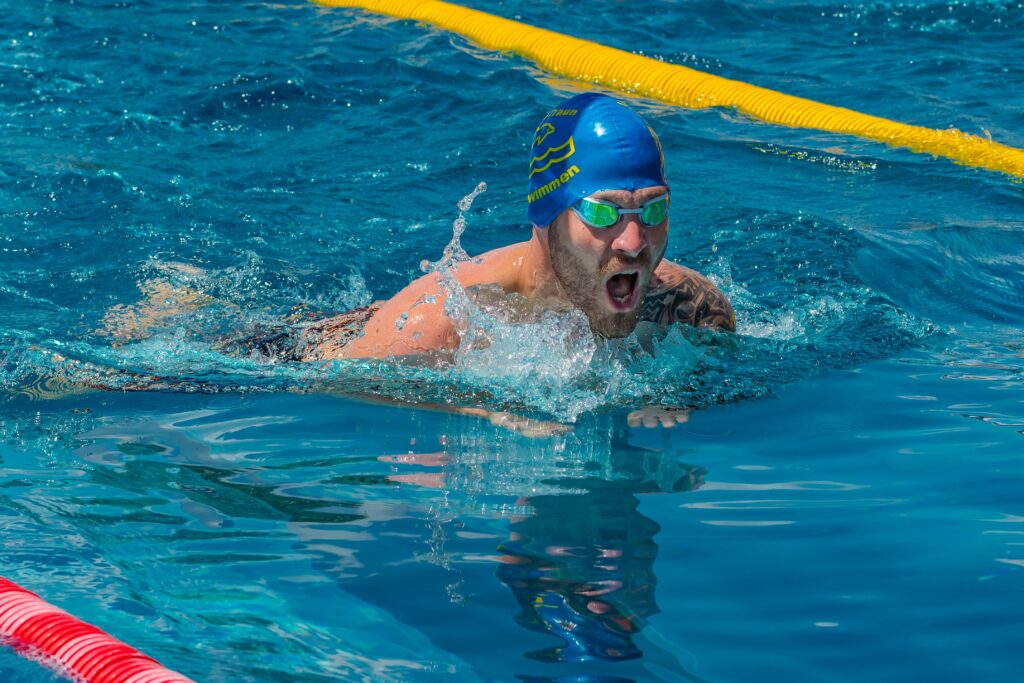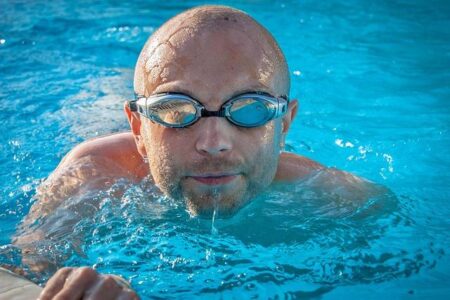If swimming were easy, everyone would glide effortlessly through the water, breaking records and claiming medals. Yet, the reality beneath the surface tells a different story. Competitive swimmers confront a unique set of challenges-both physical and mental-as they strive to reach peak performance. From grueling training regimens to mastering technique and overcoming psychological barriers, the road to becoming the best in the pool is anything but simple. In this article, we explore five key obstacles swimmers navigate on their journey to excellence.
The Physical Demands Behind Every Stroke
Every swimmer knows that behind the sleek, effortless glide through water lies a grueling test of the body’s endurance and strength. Swimming demands a unique combination of muscular power and cardiovascular stamina, taxing nearly every muscle group with each movement. The repetitive nature of strokes can lead to overuse injuries, while maintaining optimal technique requires constant vigilance and physical control. With every lap, swimmers battle against resistance, not just from the water but also from fatigue as their muscles are pushed to precise limits.
Key physical challenges include:
- Core Stability: Essential for maintaining body alignment and reducing drag.
- Shoulder Strength: Crucial for propulsion and stroke efficiency.
- Lung Capacity: Vital for sustaining high-intensity efforts between breaths.
- Flexibility: Helps prevent injury and enhances fluid motion.
| Physical Aspect | Average Impact |
|---|---|
| Muscle Groups Engaged | 85% |
| VO2 Max Required | 60-70% |
| Stroke Repetitions per Session | Up to 1000 |
| Common Injury Sites | Shoulders & Knees |
Mastering Technique Amidst Common Swimming Challenges
Refining swimming technique is often a battle against both physical limitations and environmental factors. Swimmers must constantly adapt to the subtle resistance of water, which magnifies any small inefficiency in stroke or kick. Issues such as poor body alignment, incorrect breathing patterns, and inconsistent pacing emerge as major obstacles that can undermine even the most dedicated athlete’s progress. Addressing these challenges requires focused drills that isolate individual components, enabling swimmers to rebuild their strokes with precision and intention.
Beyond individual skill lapses, external conditions like water turbulence and pool lane congestion compound the difficulty of maintaining flawless form. Coaches emphasize the importance of mental resilience as swimmers develop strategies to stay calm and composed under pressure, harnessing technical mastery to maintain speed and endurance. Below is a snapshot of common technique hurdles and tactical adjustments that elite swimmers use to overcome them:
| Challenge | Impact on Performance | Elite Strategy |
|---|---|---|
| Crossing Over the Centerline | Lateral instability, wasted energy | Focus drills on straight-line swimming |
| Asymmetric Breathing | Uneven stroke rhythm | Alternate breathing patterns during training |
| Poor Kick Timing | Reduced propulsion | Incorporate targeted kick sets with fins |
| Head Positioning | Increased drag | Visual cues for neutral gaze alignment |
Mental Toughness as the Hidden Ingredient for Success
Behind every medal and record lies more than just physical ability; it’s a steadfast mindset pushing swimmers through grueling early mornings, relentless training, and moments of self-doubt. Swimmers must develop an unyielding internal drive that refuses to be broken by temporary setbacks or plateaus. This psychological resilience is often the invisible force separating champions from the rest, enabling athletes to harness pressure as fuel rather than a burden.
Key mental challenges swimmers overcome include:
- Maintaining focus amid distractions and fatigue
- Transforming nerves into competitive energy
- Embracing the grind of repetitive practice without visible progress
- Recovering quickly from subpar performances or injuries
Without this mental backbone, even the most physically prepared swimmers can falter. As the table below illustrates, the balance between mind and body is critical to peak performance.
| Mental Attribute | Impact on Performance |
|---|---|
| Focus | Sharpens execution under pressure |
| Resilience | Enables fast recovery from setbacks |
| Confidence | Boosts self-trust during races |
| Patience | Sustains motivation over time |
The Way Forward
In a sport that demands more than just skill in the water, swimmers continually face physical, mental, and environmental challenges on their path to excellence. From mastering technique and building endurance to overcoming psychological barriers and balancing rigorous training schedules, the journey to becoming a top-tier swimmer is anything but easy. As the saying goes, if swimming were easy, everyone would do it. Yet, it is precisely these obstacles that forge the resilience and dedication defining the best in the pool. Understanding these hurdles not only highlights the complexity of the sport but also deepens our appreciation for the athletes who dive in, time and again, striving to be their very best.





